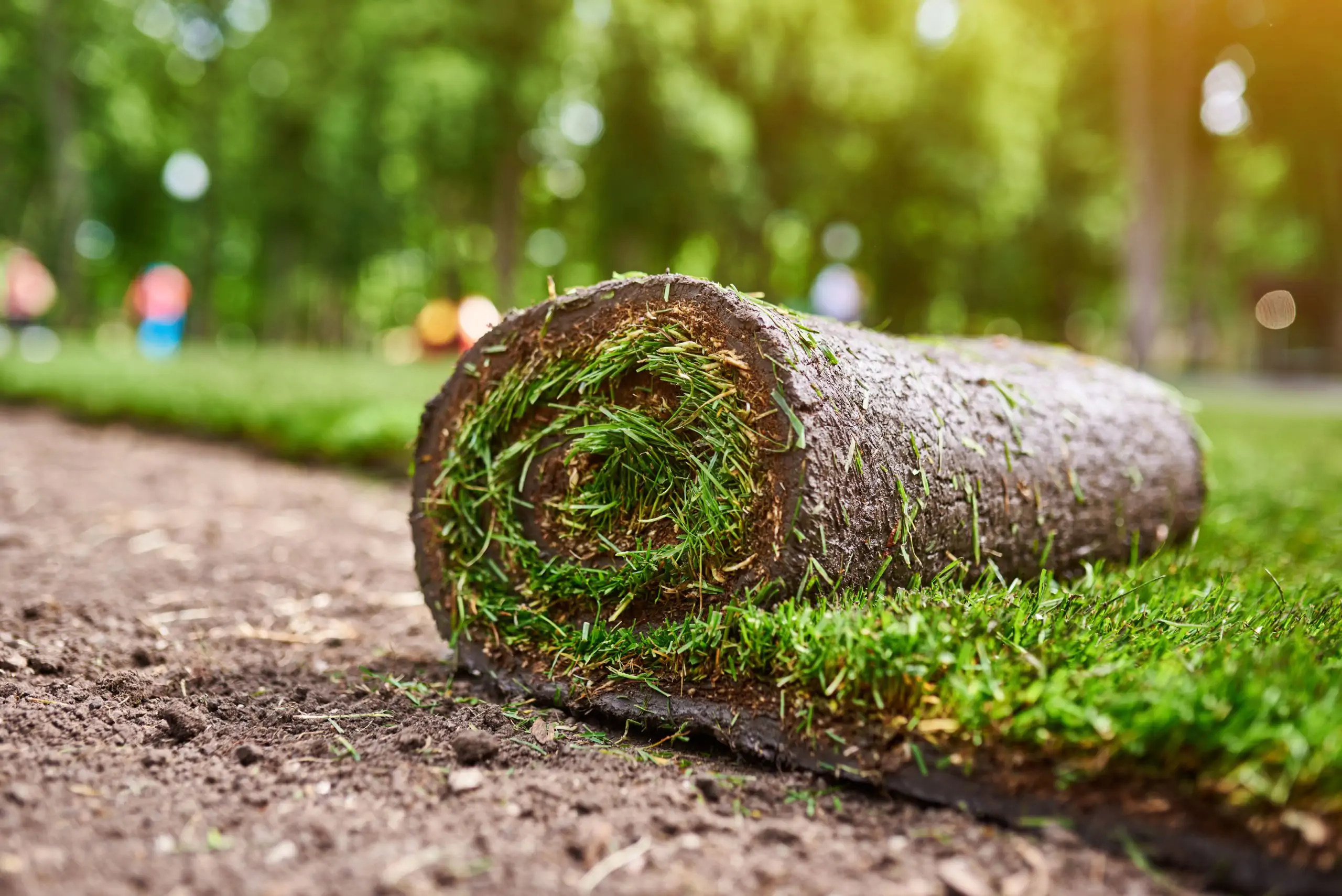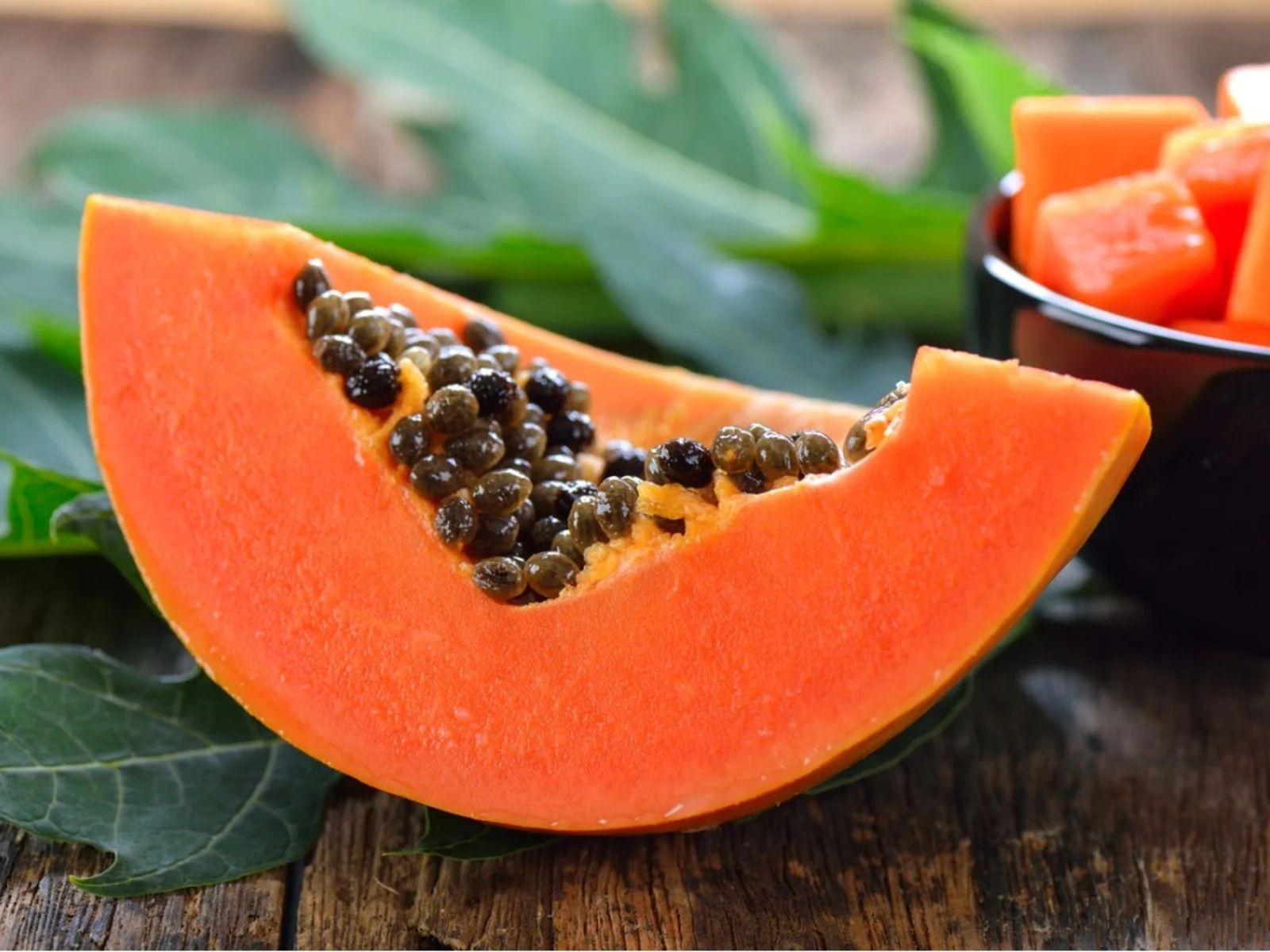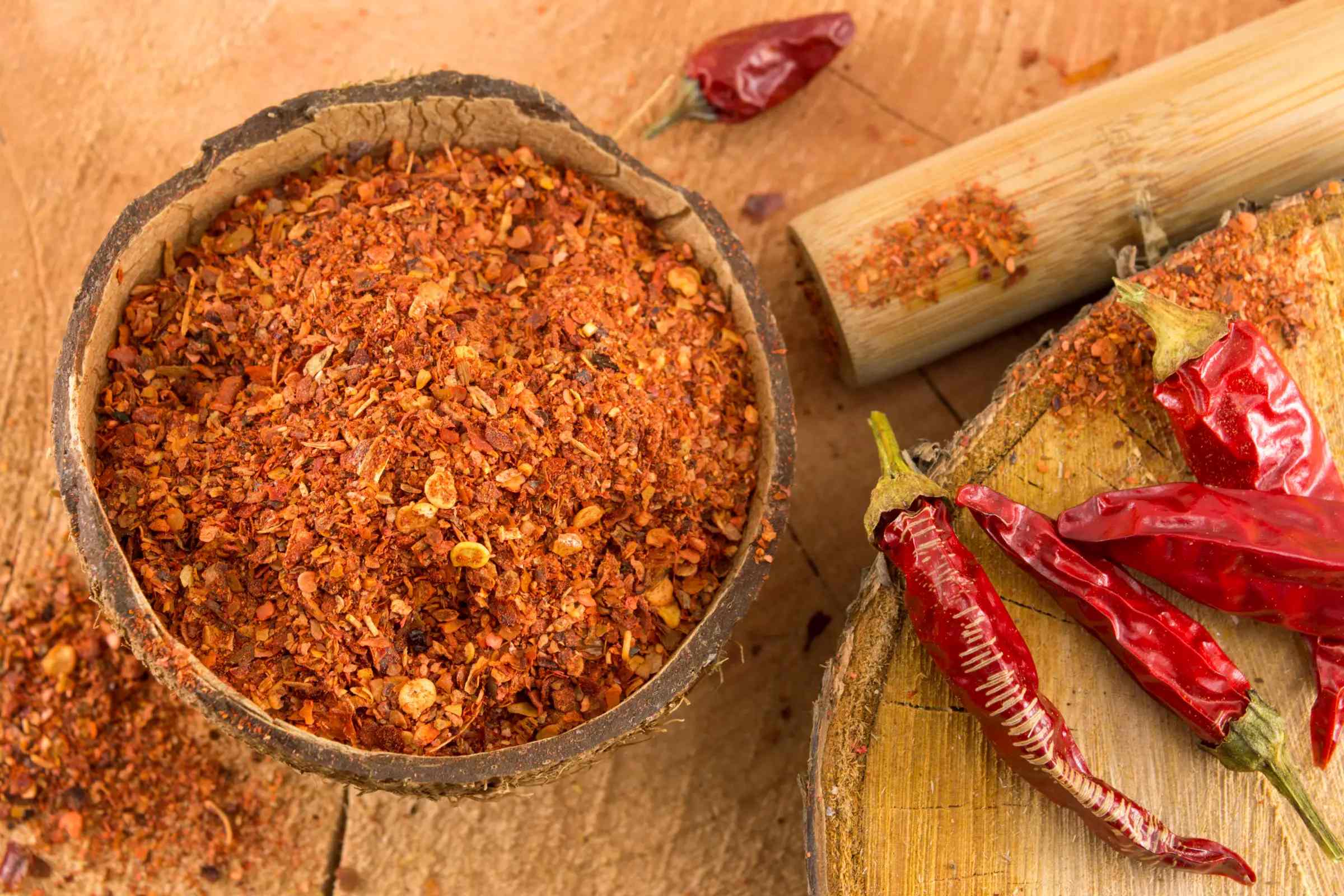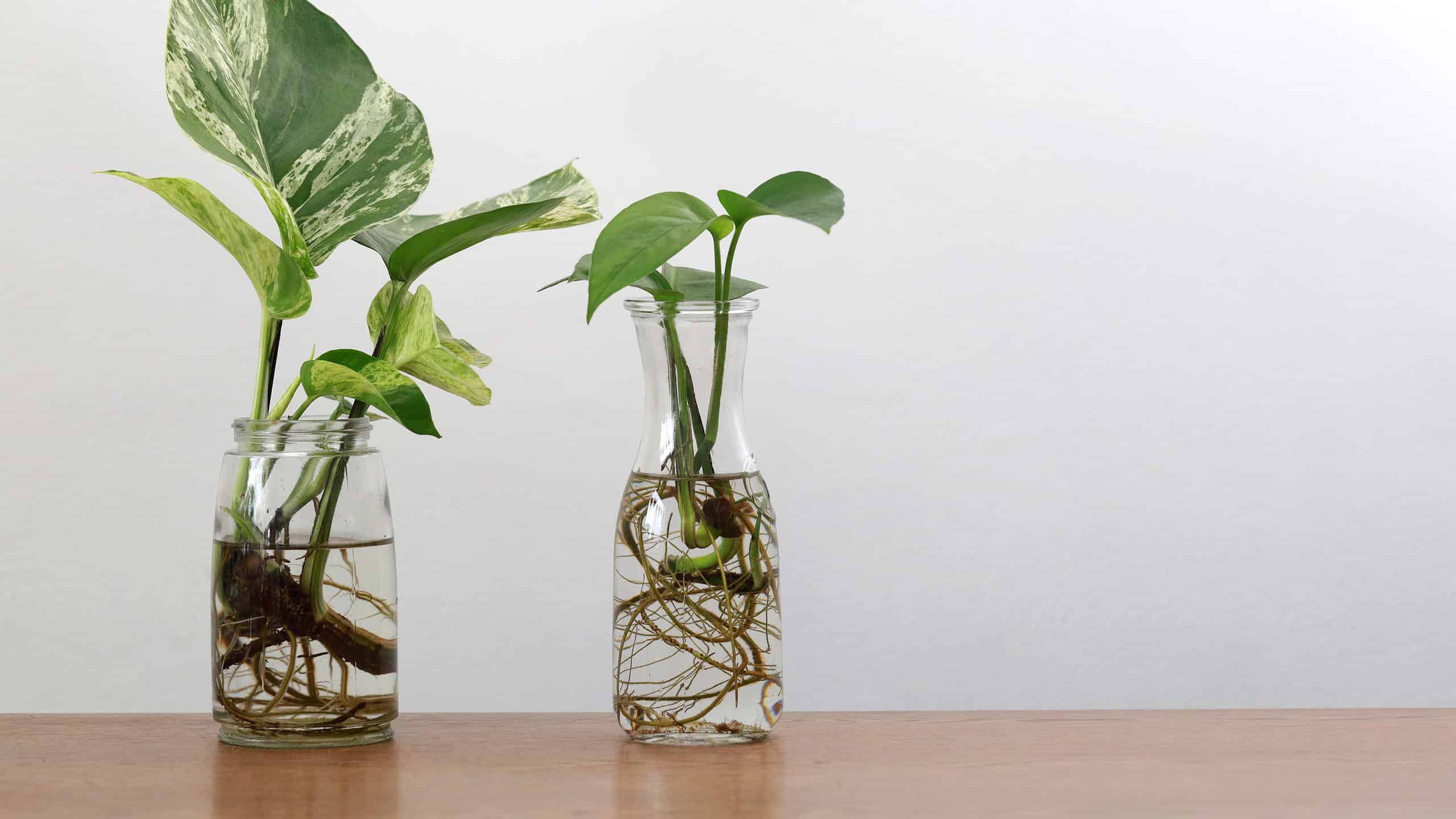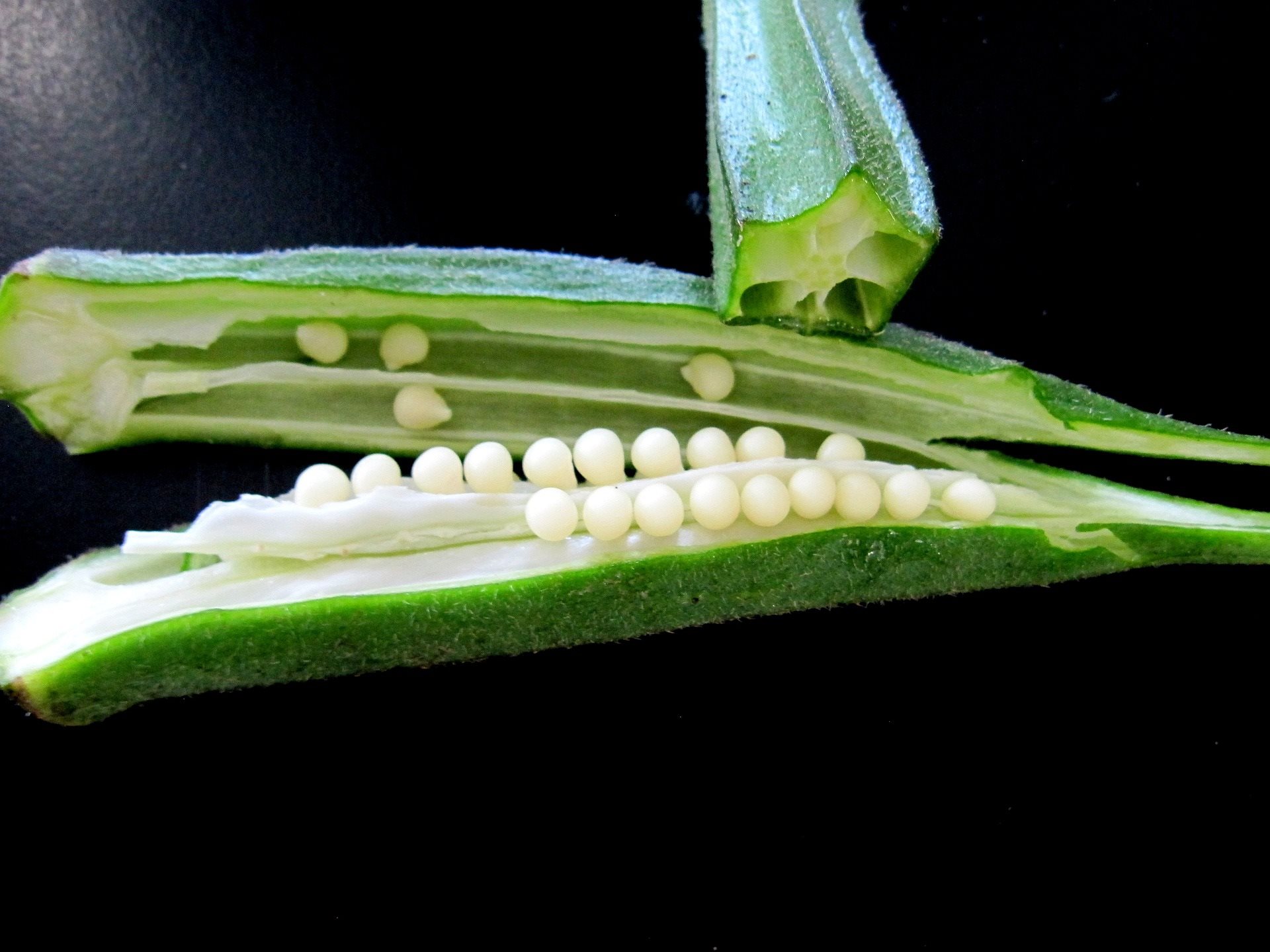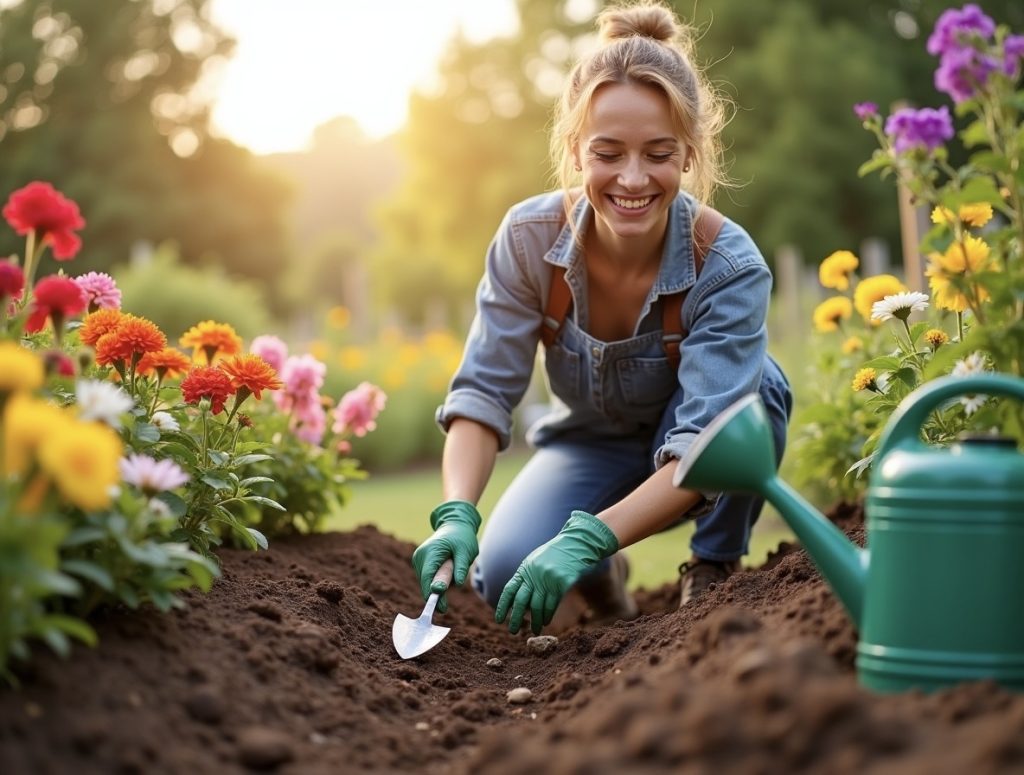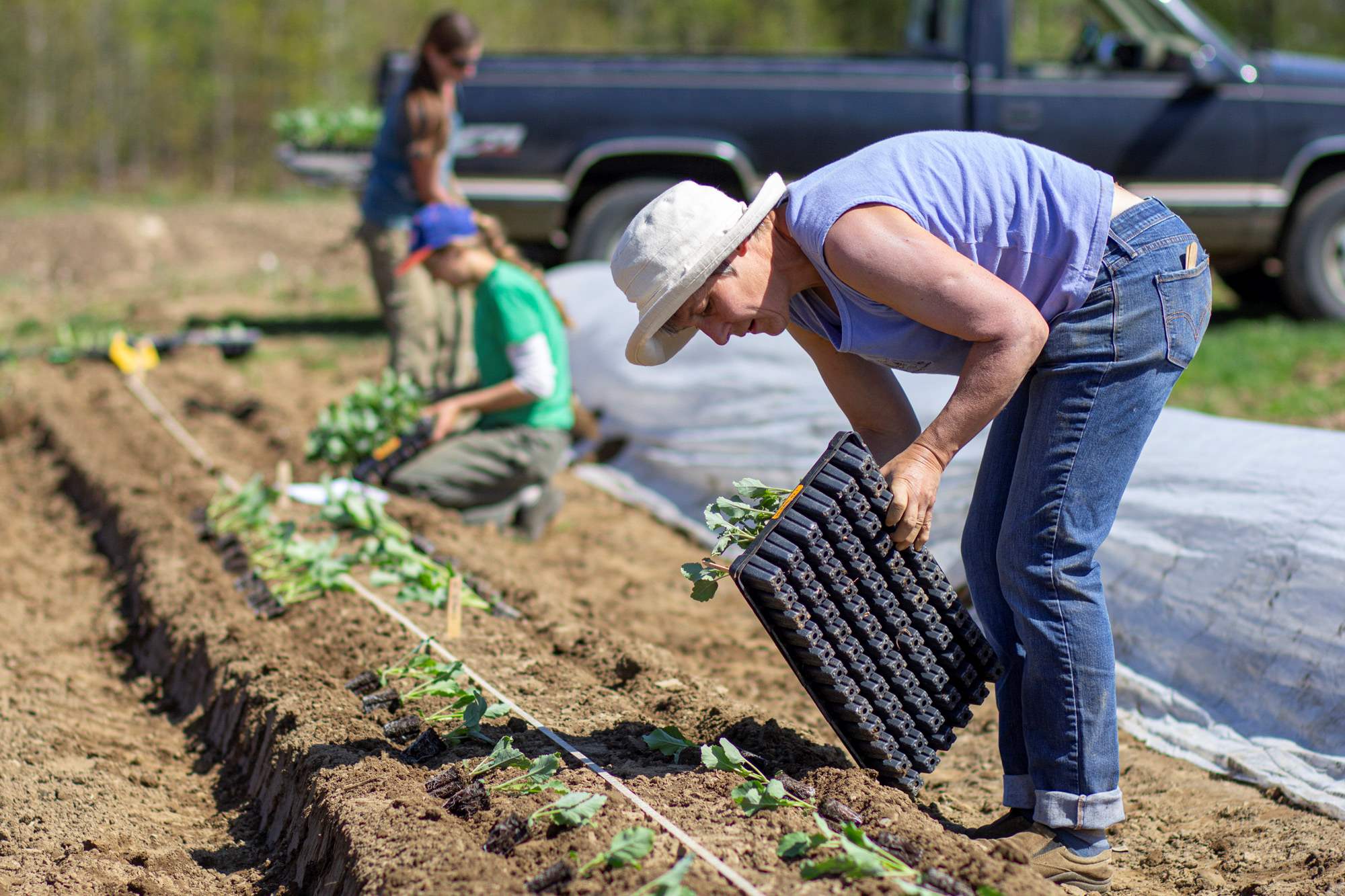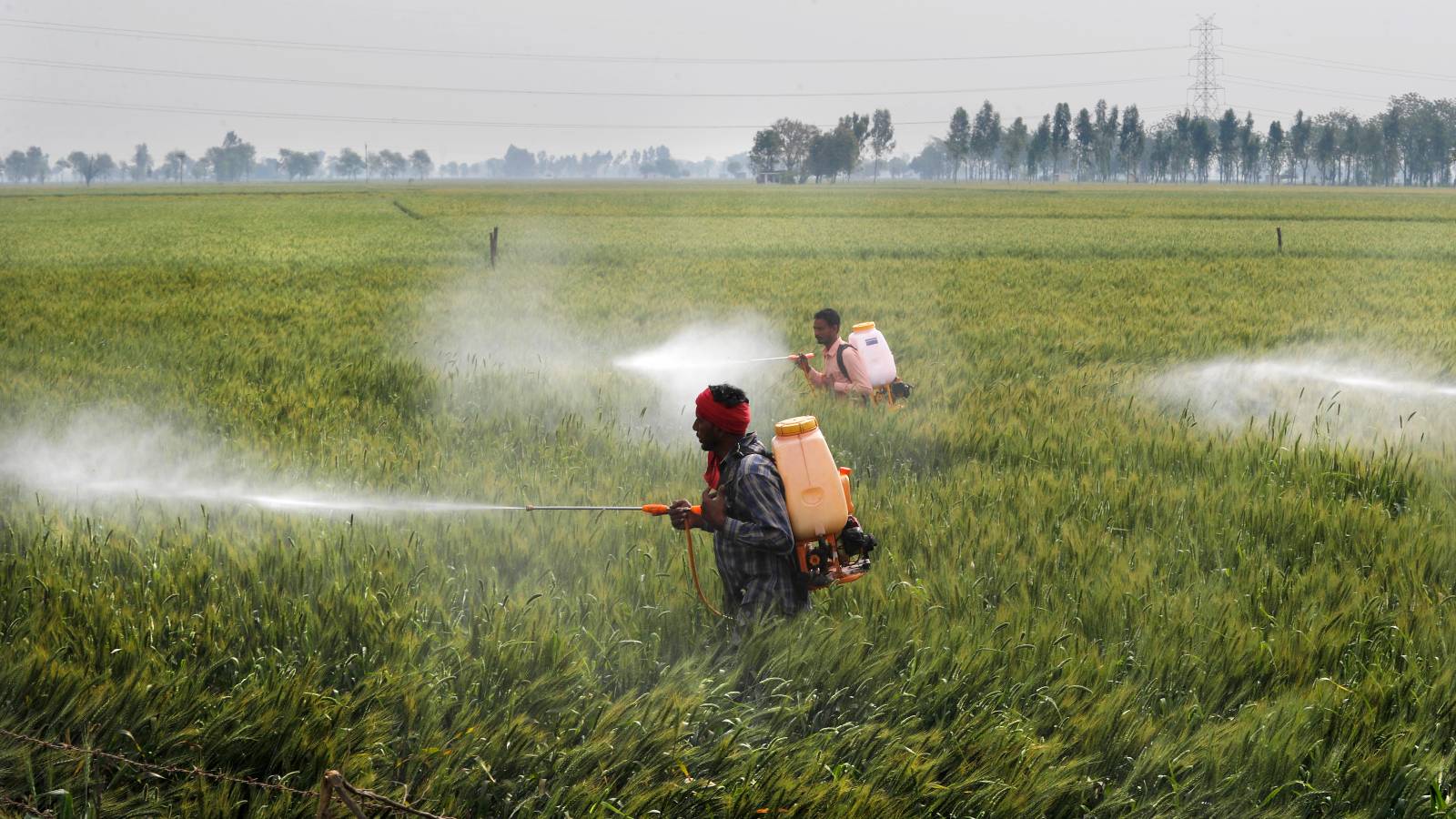Home>Gardening Techniques>Plant Care>How Long Can Plants Stay In Pots Before Planting
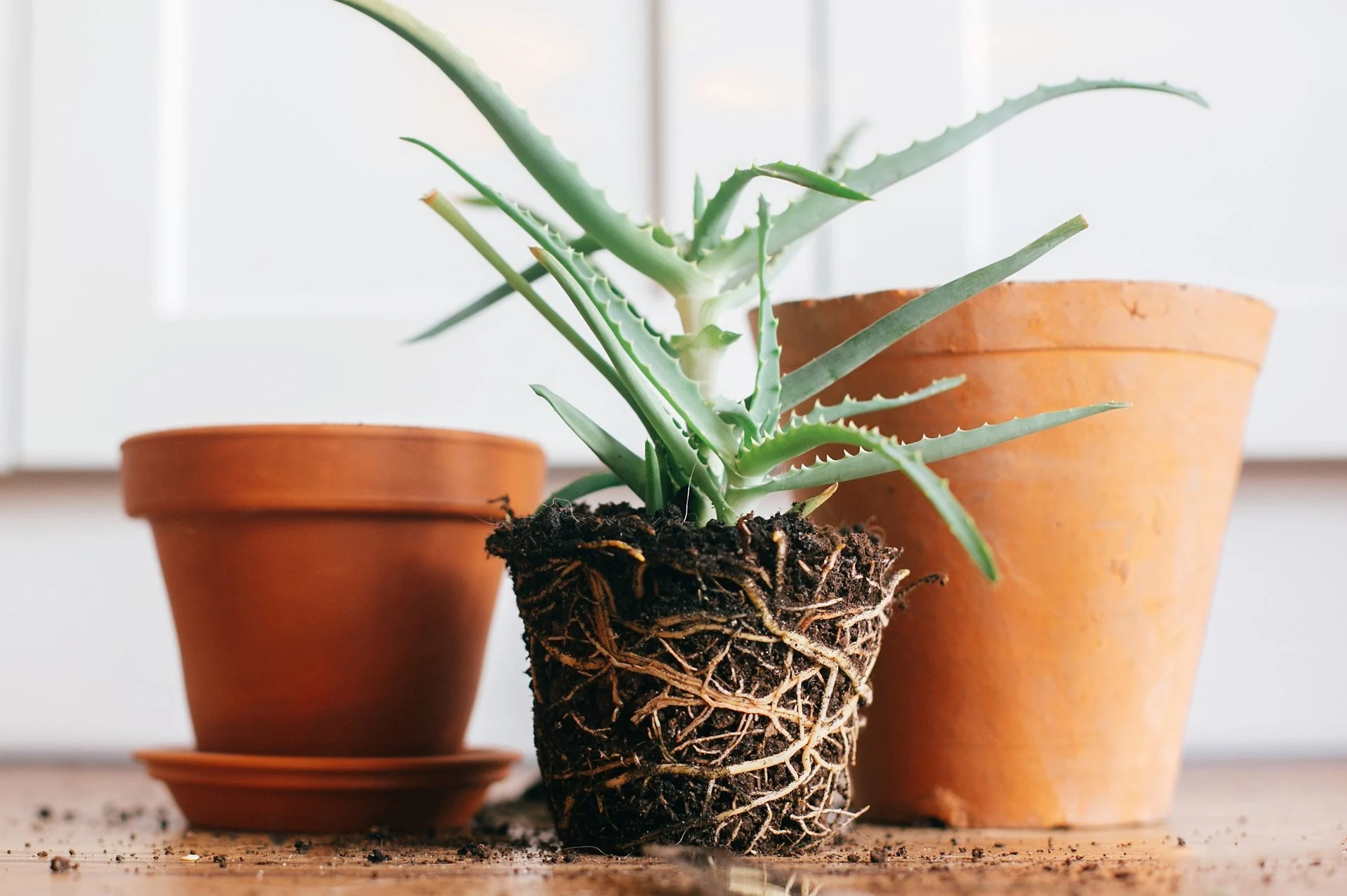

Plant Care
How Long Can Plants Stay In Pots Before Planting
Published: August 27, 2023
Learn about plant care and find out how long plants can stay in pots before planting. Discover tips and guidelines for ensuring your potted plants thrive.
(Many of the links in this article redirect to a specific reviewed product. Your purchase of these products through affiliate links helps to generate commission for Chicagolandgardening.com, at no extra cost. Learn more)
Table of Contents
Introduction
Plants are a beautiful addition to any space, bringing life and vibrancy to our surroundings. Whether you are an experienced gardener or just starting out, it’s important to understand how long plants can stay in pots before they need to be planted in the ground. This knowledge will help ensure the health and growth of your plants, allowing them to thrive in their environment.
Plants, just like humans, have specific needs and requirements to survive and flourish. While potted plants provide a convenient and versatile option, they have limitations that can impact their long-term growth and potential. Understanding the factors that influence plants in pots will help you determine how long they can stay in this confined space.
Factors such as root space, nutrient availability, water retention, and overall plant size all play a role in how long a plant can stay in a pot. Additionally, different types of plants have varying needs and timelines for optimal growth. Some plants may tolerate being in a pot for a longer period, while others require immediate planting in the ground for their continued well-being.
In this article, we will explore the different factors that affect plants in pots and discuss how long various types of plants can thrive in containers. We will also highlight the signs that indicate a plant needs to be planted in the ground and provide tips on how to keep your potted plants healthy for an extended period.
By understanding the specific needs of your plants and providing the necessary care, you can enjoy the beauty of potted plants for an extended period. So, let’s dive in and explore how long plants can stay in pots before they require planting in the ground.
Factors Affecting Plants in Pots
Plants in pots are subject to a different set of conditions compared to those planted in the ground. Understanding these factors will help you determine how long your plants can thrive in pots before they require planting in the ground.
1. Root Space: The limited space in a pot can restrict the growth of a plant’s roots. As plants grow, their roots need adequate room to spread out and access nutrients and water. When the roots become crowded, it can lead to stunted growth and the plant becoming root-bound. This factor varies depending on the size and type of plant. Fast-growing plants with extensive root systems will require larger pots and may need to be planted in the ground sooner.
2. Nutrient Availability: Potted plants rely on the nutrients present in the potting mix or soil. Over time, these nutrients can become depleted, especially if the plant has been in the same pot for an extended period. Regular fertilization is essential to replenish the nutrients and ensure the plant’s continued health. However, even with fertilization, potted plants may eventually outgrow the pot’s ability to provide sufficient nutrients, necessitating planting in the ground.
3. Water Retention: Potting mix and containers have different water retention capacities compared to the ground. Potted plants may require more frequent watering to prevent the soil from drying out completely. However, excessive watering can lead to waterlogged roots, which can be detrimental to the plant’s health. Finding the right balance and providing proper drainage is crucial to avoid water-related issues. Plants that require consistently moist soil, such as water-loving plants, may not thrive in pots for prolonged periods.
4. Overall Plant Size: Different types of plants vary in their growth habits and ultimate size. Some plants, such as small herbs or ornamental grasses, are well-suited for growing in pots for longer durations. Conversely, large trees or shrubs may quickly outgrow pots and require transplanting into the ground to allow for their full growth potential.
5. Environmental Factors: The surrounding environment also plays a role in how long a plant can stay in a pot. Factors such as temperature, sunlight exposure, and humidity levels can impact a plant’s growth and overall health. Some plants may be more tolerant of these environmental factors in a pot, while others may require the stability and natural balance of the ground.
Considering these factors when caring for your potted plants will help you determine the optimal timing for transplanting them into the ground. It’s important to monitor your plants closely and observe any signs that indicate they need to be planted in a more suitable environment.
Different Types of Plants and Their Timeline in Pots
Not all plants have the same requirements or timeline when it comes to staying in pots. Some plants are well-suited for container gardening and can thrive in pots for long periods, while others may need to be planted in the ground sooner. Understanding the specific needs of different types of plants will help you make informed decisions about their timeline in pots.
1. Annuals: Annual plants complete their life cycle within one year. They typically have shallow root systems and tend to be smaller in size. Many annuals, such as petunias, marigolds, and zinnias, are popular choices for container gardening. These plants can generally stay in pots throughout the growing season, as long as they receive adequate water, sunlight, and nutrients. However, it’s important to monitor their growth and repot or plant them in the ground if they become root-bound or start to show signs of decline.
2. Perennials: Perennial plants, unlike annuals, have the ability to live for multiple years. While some perennials, like daylilies and hostas, can thrive in pots for a few years, it’s generally recommended to plant them in the ground for optimal long-term growth. Potted perennials may eventually outgrow their containers and may need to be divided or transplanted into larger pots, or even planted in the ground, to continue thriving.
3. Herbs: Many herbs are well-suited for growing in pots and can provide a convenient and accessible source of fresh seasoning. Popular herbs such as basil, rosemary, and thyme can stay in pots for extended periods, as long as they receive ample sunlight and regular watering. However, annual herbs, like cilantro and dill, tend to bolt and go to seed quickly, so they are often replanted throughout the growing season to ensure a continuous supply.
4. Shrubs and Trees: Shrubs and trees can be challenging to grow in pots due to their larger size and extensive root systems. However, certain dwarf or slow-growing varieties can thrive in containers for several years. These plants often require larger pots to accommodate their roots and may need periodic pruning to maintain their shape and size. Eventually, though, they may need to be planted in the ground to support their long-term growth.
5. Tropical Plants: Many tropical plants, such as hibiscus, palms, and certain varieties of ferns, are popular choices for indoor or patio gardening. While these plants can stay in pots for extended periods, they require specific care, including proper humidity levels and protection from cold temperatures. Tropical plants may need to be repotted or carefully monitored for signs of stress to ensure their longevity in a pot.
It’s important to research the specific needs of the plants you want to grow and consider their natural growth habit when deciding how long they can stay in pots. Regular observation and care will help you determine if and when it’s necessary to transfer them into the ground or into larger containers.
Signs that a Plant Needs to be Planted in the Ground
While potted plants can thrive for a certain period, there are several signs that indicate it’s time to transplant them into the ground. These signs serve as indicators that the plant has outgrown its pot or is not receiving sufficient resources to sustain healthy growth. By recognizing these signs early on, you can ensure the long-term health and vitality of your plants.
1. Roots Emerging from Drainage Holes: When the roots of a plant start growing out of the drainage holes at the bottom of the pot, it’s a clear sign that the plant needs more space for its root system to expand. This indicates that the plant has become root-bound and requires a larger space to continue growing healthily.
2. Stunted Growth or Reduced Vigor: If you notice that your plant’s growth has significantly slowed down or that it looks less vigorous than before, it may be an indication that the pot size is no longer sufficient to support its growth. When the root space becomes limited, a plant’s ability to absorb nutrients and water is compromised, leading to stunted growth and diminished overall health.
3. Constant Wilting or Thirstiness: Potted plants that require frequent watering and show signs of constant wilting or drying out quickly may benefit from being planted in the ground. Even with diligent watering, the limited soil volume in a pot may not provide enough water retention for the plant’s needs. Transplanting the plant into the ground allows its roots to access a larger water source and develop a stronger, more resilient system.
4. Leaf Discoloration or Nutrient Deficiency Symptoms: When a plant starts showing signs of nutrient deficiency, such as yellowing leaves, poor foliar growth, or stunted development, it may indicate that the potting mix can no longer provide sufficient nutrients. Planting the stressed plant in the ground will not only offer access to a more nutrient-rich soil but also promote the development of a larger, healthier root system.
5. Potting Mix Drying Out Rapidly: If you find that the potting mix dries out very quickly, even shortly after watering, it suggests that the plant has outgrown its pot. The small volume of soil in the container cannot retain enough moisture for the plant’s needs, causing the roots to become dehydrated. Moving the plant to the ground provides a larger soil volume capable of retaining moisture for a more extended period.
By paying attention to these signs, you can ensure that your plants are thriving in an environment that supports their growth and well-being. Transplanting the plant into the ground at the appropriate time will provide the necessary space, nutrients, and water for its continued development.
Tips for Keeping Plants Healthy in Pots for an Extended Period
Potted plants can bring beauty and greenery to any space, and with proper care, they can thrive in containers for an extended period. To ensure the long-term health and vitality of your plants, consider the following tips:
1. Choose the Right Pot Size: Select a pot that provides ample space for your plant’s root system to grow. Avoid using pots that are too small and restrict root development. A larger pot will allow for better nutrient absorption and water retention.
2. Use High-Quality Potting Mix: Choose a well-draining potting mix that is specifically formulated for the type of plants you are growing. Good-quality potting mix provides essential nutrients, proper aeration, and moisture retention, all of which contribute to healthy plant growth.
3. Water Regularly: Potted plants may require more frequent watering than those in the ground. Check the moisture level of the potting mix regularly and water when the top inch of soil feels dry. Avoid overwatering, as excessive moisture can lead to root rot and other issues.
4. Provide Adequate Sunlight: Different plants have varying sunlight requirements, so it’s essential to provide the right amount of light for your specific plants. Most flowering plants and vegetables require at least 6-8 hours of direct sunlight daily, while some shade-loving plants can tolerate less. Adjust the placement of your pots accordingly to ensure optimal light exposure.
5. Fertilize Regularly: Potted plants rely on you for their nutrient supply. Feed your plants with a balanced, slow-release fertilizer or weekly liquid fertilizer to replenish the nutrients in the potting mix. Follow the manufacturer’s instructions to avoid over-fertilizing, which can damage the plant’s roots.
6. Prune and Trim: Regular pruning and trimming help prevent overcrowding and promote healthy growth. Remove any dead or yellowing leaves, flowers, or stems to allow for better airflow and prevent disease. Pruning also helps maintain the size and shape of the plant, preventing it from outgrowing its pot too quickly.
7. Monitor for Pests and Diseases: Potted plants can be more susceptible to pests and diseases, so regularly inspect your plants for any signs of infestation or infection. Treat any issues as soon as they appear to prevent further damage. Consider using organic pest control methods to minimize the use of harmful chemicals.
8. Rotate and Reposition: To ensure balanced growth, rotate and reposition your pots every few weeks. This will prevent one side of the plant from receiving more light than the other, promoting even and healthy development.
9. Provide Winter Protection: If you live in a cold climate, protect your potted plants from frost and freezing temperatures. Move them indoors or to a sheltered area, such as a greenhouse, during the winter season. Insulate the pots with bubble wrap or frost cloth to prevent root damage.
10. Regularly Assess and Repot: Periodically check the condition of your plants and assess whether they need to be repotted. If the roots are overcrowded or appear to be growing out of the drainage holes, it’s time to repot them into a larger container.
By following these tips, you can keep your potted plants healthy and thriving for an extended period. Remember to observe your plants closely and make adjustments as needed to provide the best possible conditions for their growth.
Conclusion
Potted plants can bring beauty and nature into our homes and outdoor spaces, offering flexibility and convenience. However, it’s important to understand the factors that affect plants in pots and how long they can stay before needing to be planted in the ground.
The health and growth of plants in pots are influenced by various factors, including root space, nutrient availability, water retention, overall plant size, and environmental conditions. Different types of plants have different timelines in pots, with some being better suited for container gardening than others.
Recognizing the signs that a plant needs to be planted in the ground, such as root congestion, stunted growth, wilting, nutrient deficiencies, and drying potting mix, is crucial. Responding to these signs and providing the necessary care, including choosing the right pot size, using high-quality potting mix, watering properly, providing adequate sunlight, and regular fertilization, will help keep your plants healthy and thriving in pots for an extended period.
Additionally, monitoring for pests and diseases, regular pruning and trimming, rotating and repositioning pots, providing winter protection, and assessing for repotting are essential practices for maintaining the well-being of potted plants.
By understanding the specific needs of your plants, being attentive to their growth and health, and providing proper care, you can enjoy the beauty and benefits of potted plants for an extended period. Whether you have annuals, perennials, herbs, shrubs, trees, or tropical plants, the joy of container gardening is within your reach.
So, go ahead and surround yourself with the beauty of potted plants, knowing that with the right care and attention, they will thrive and bring delight to your space.
